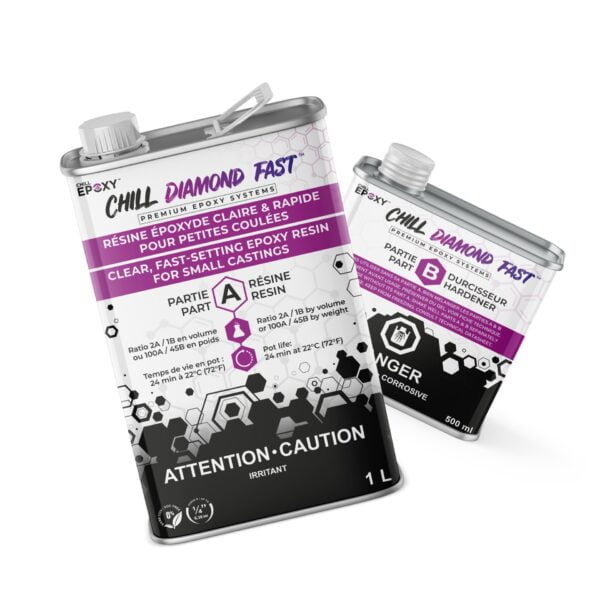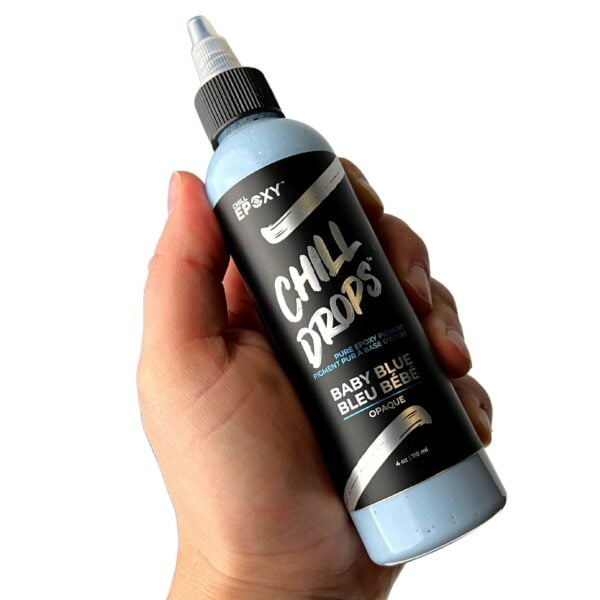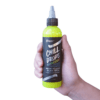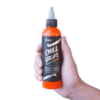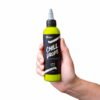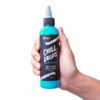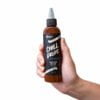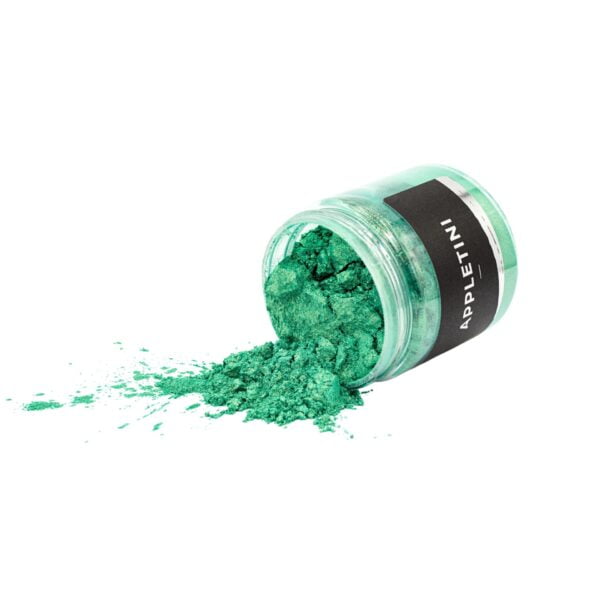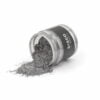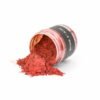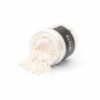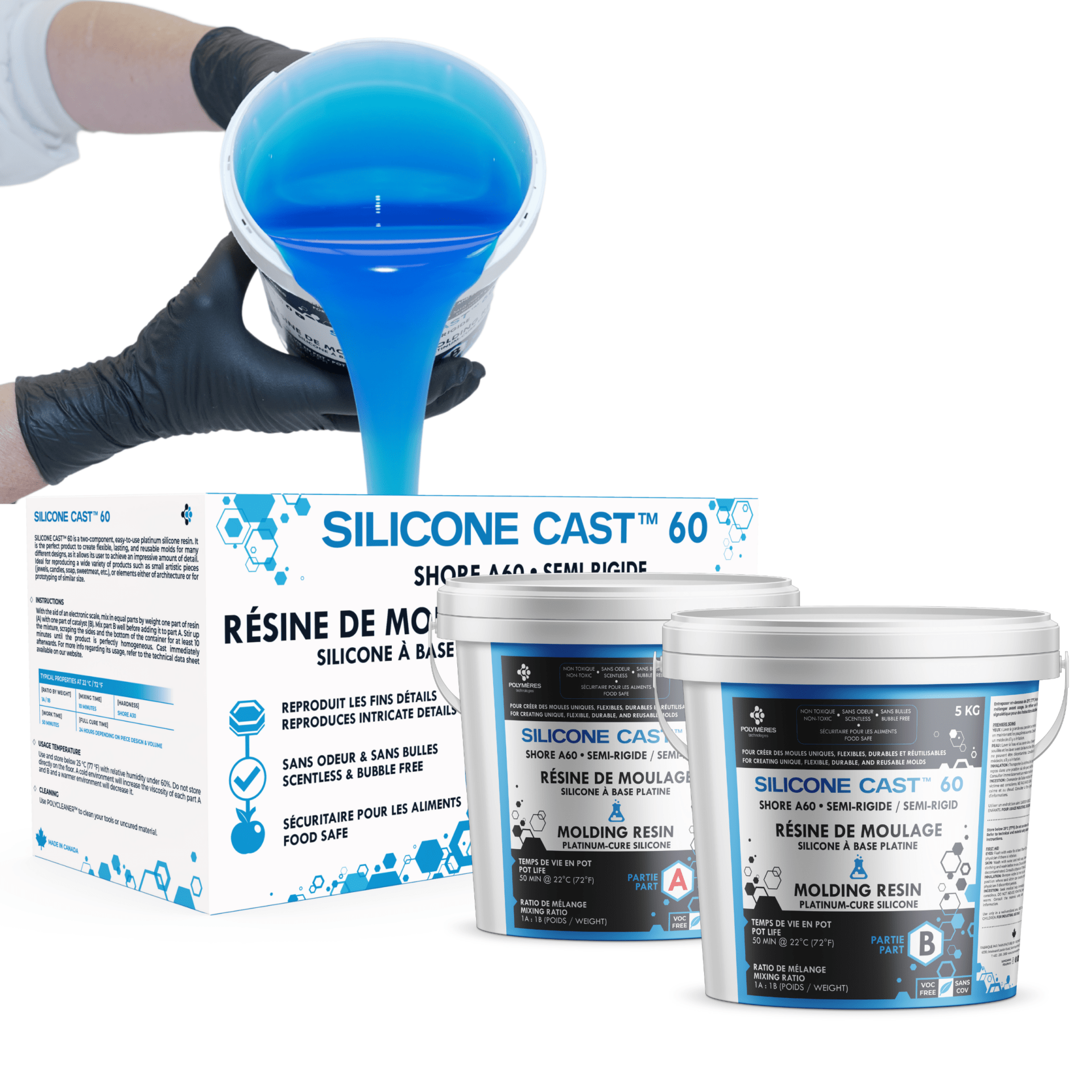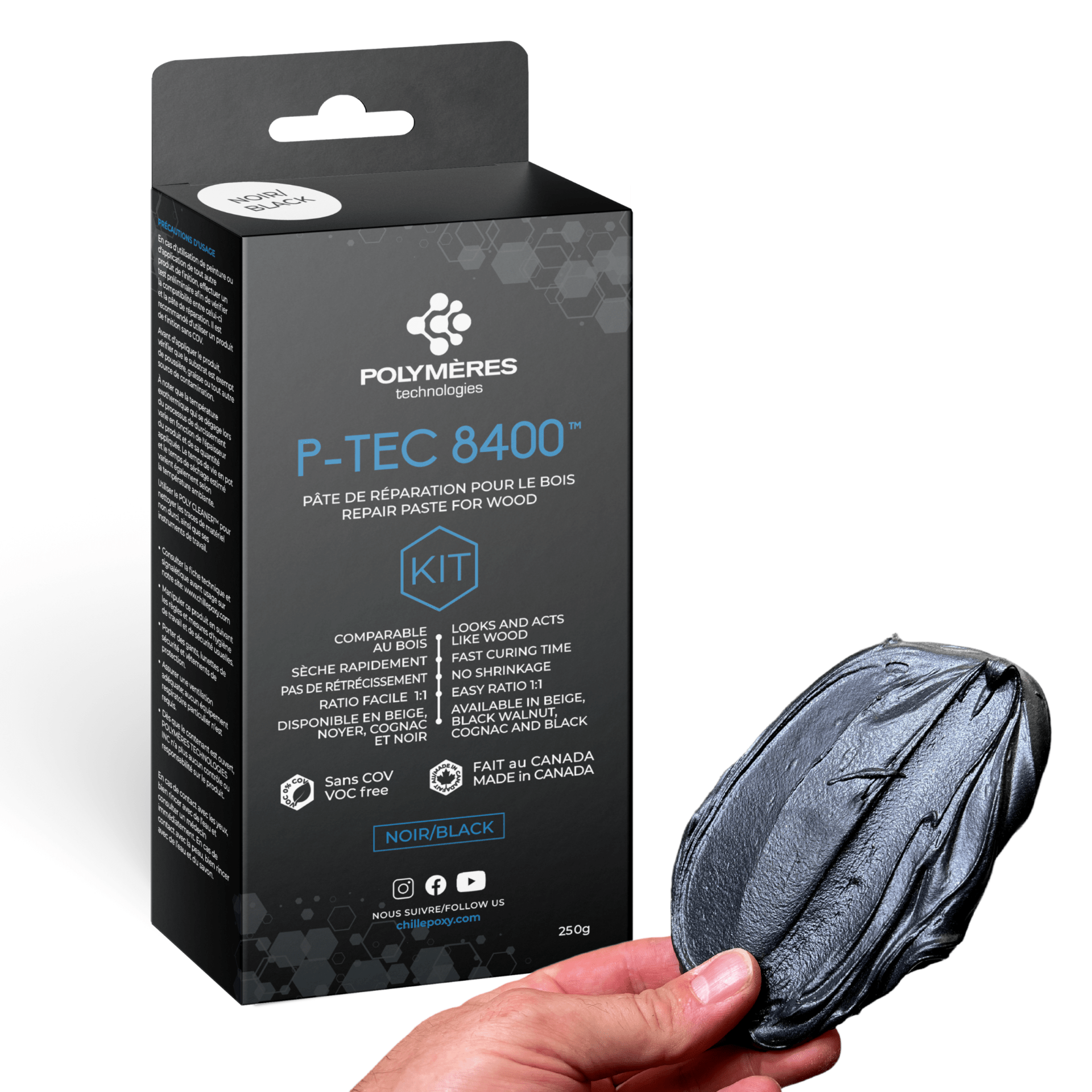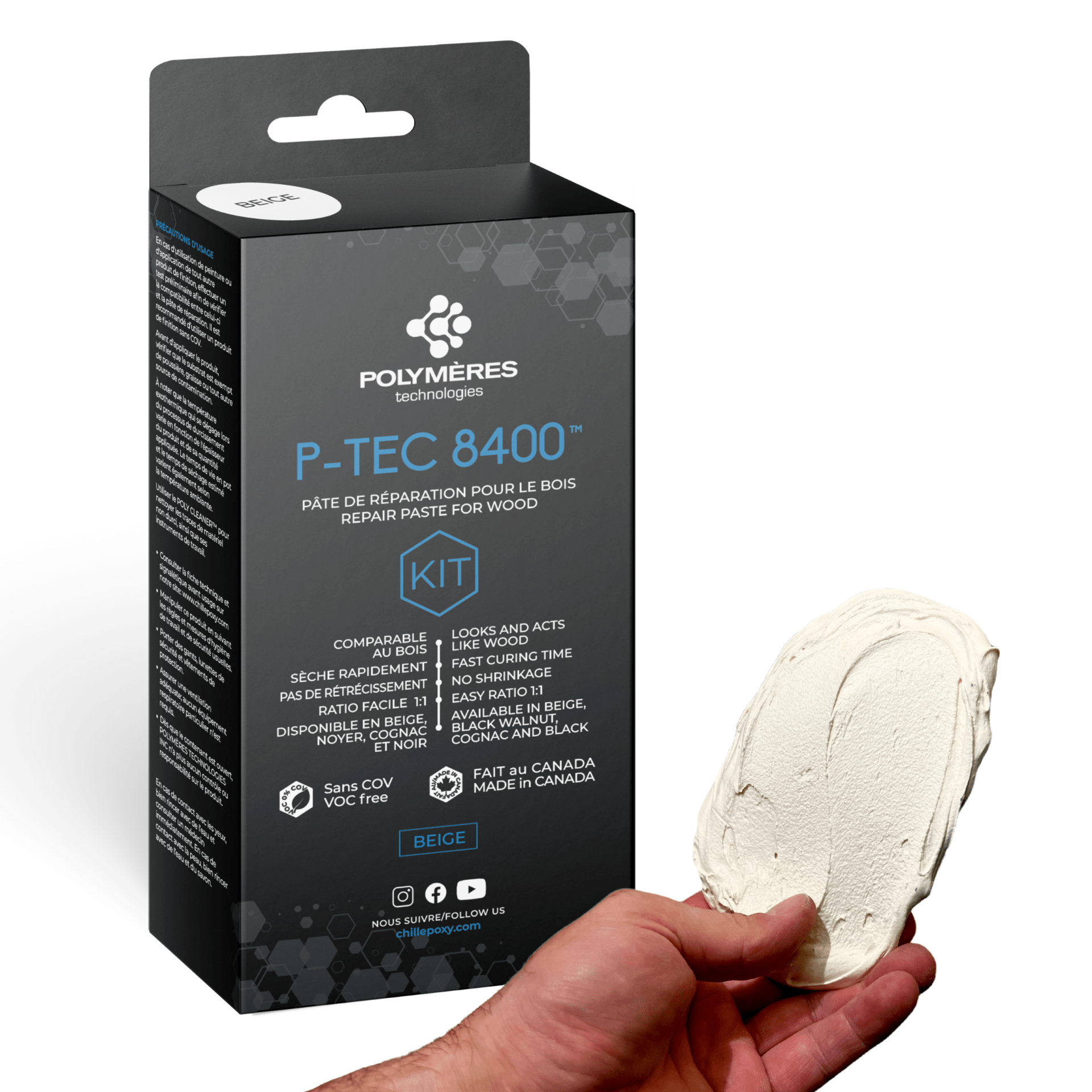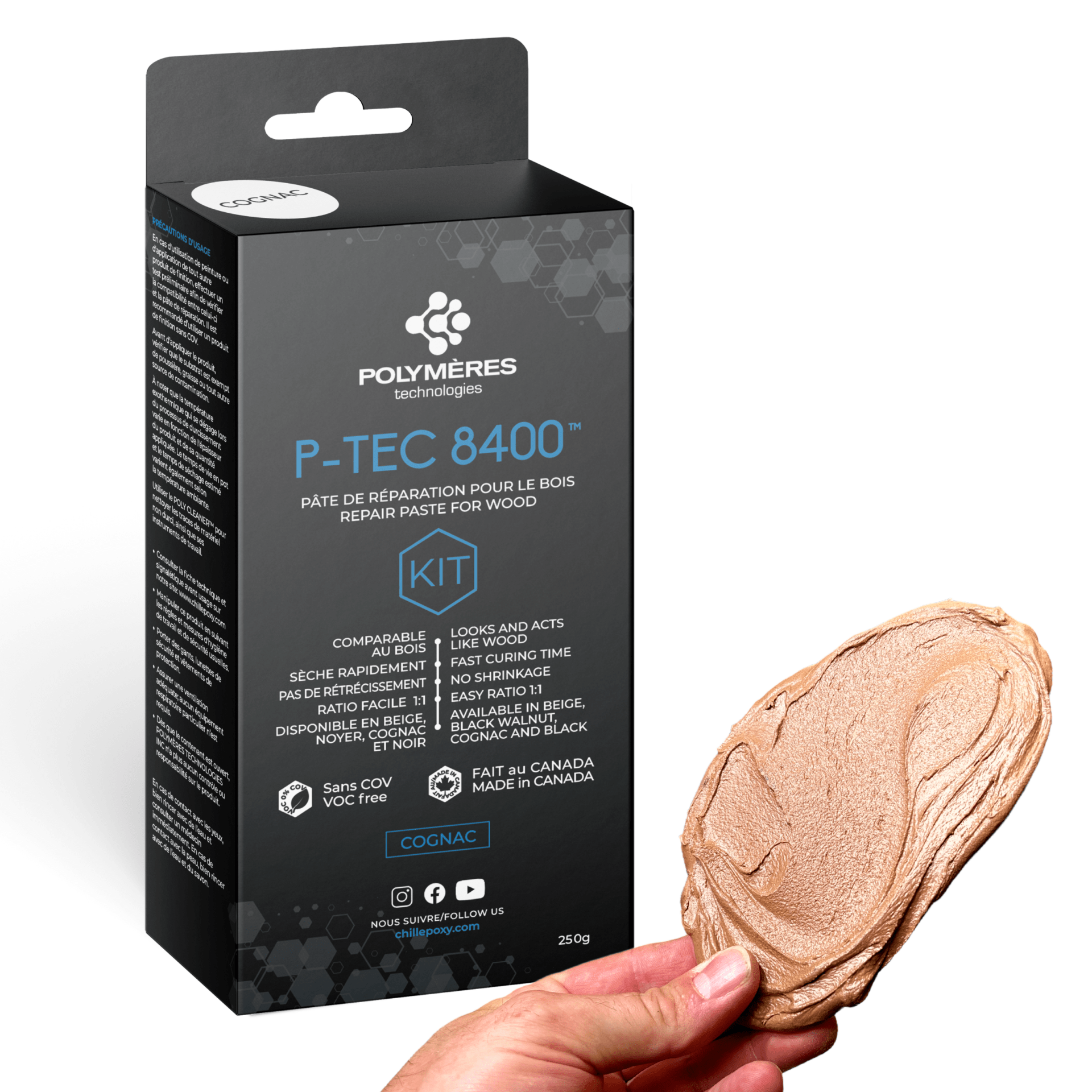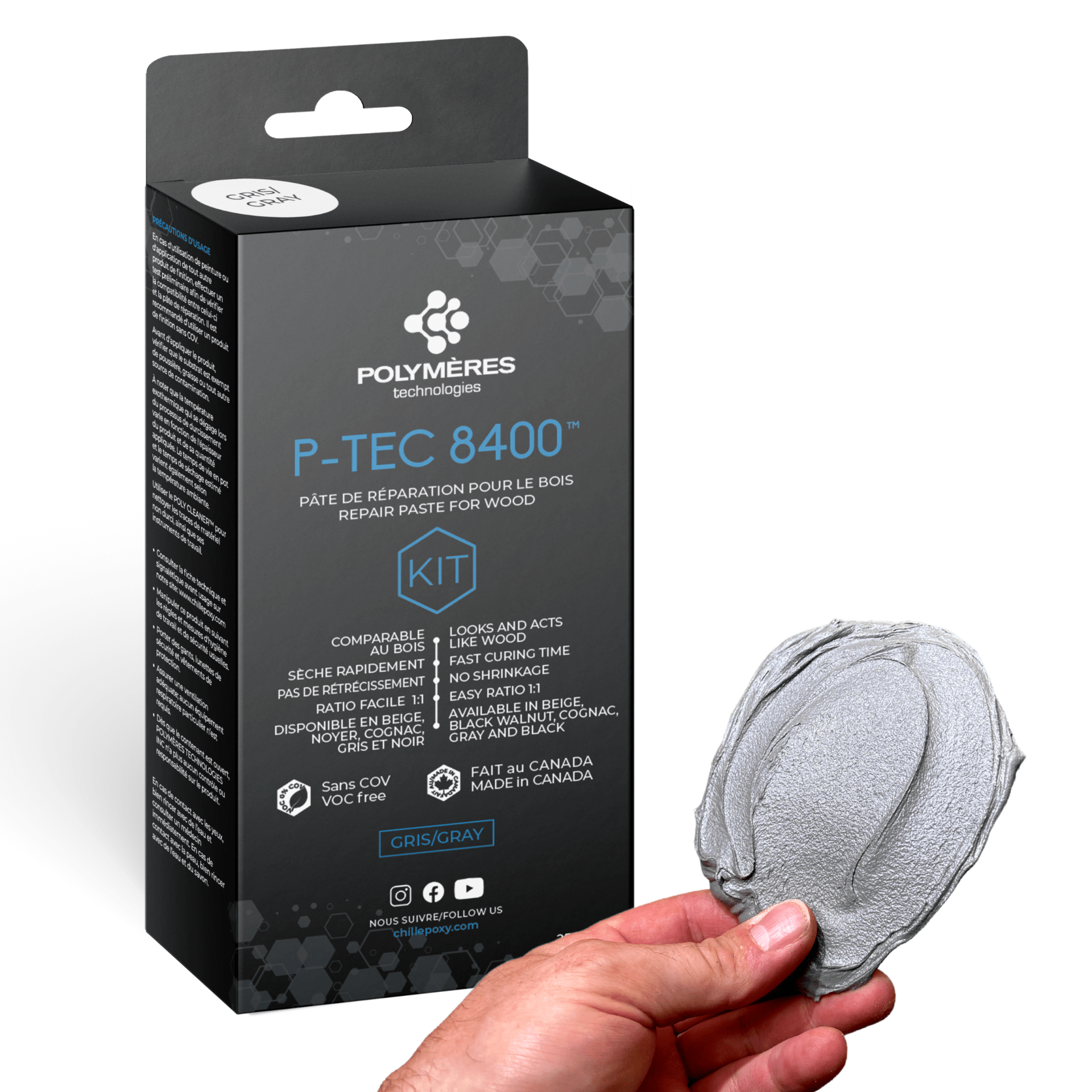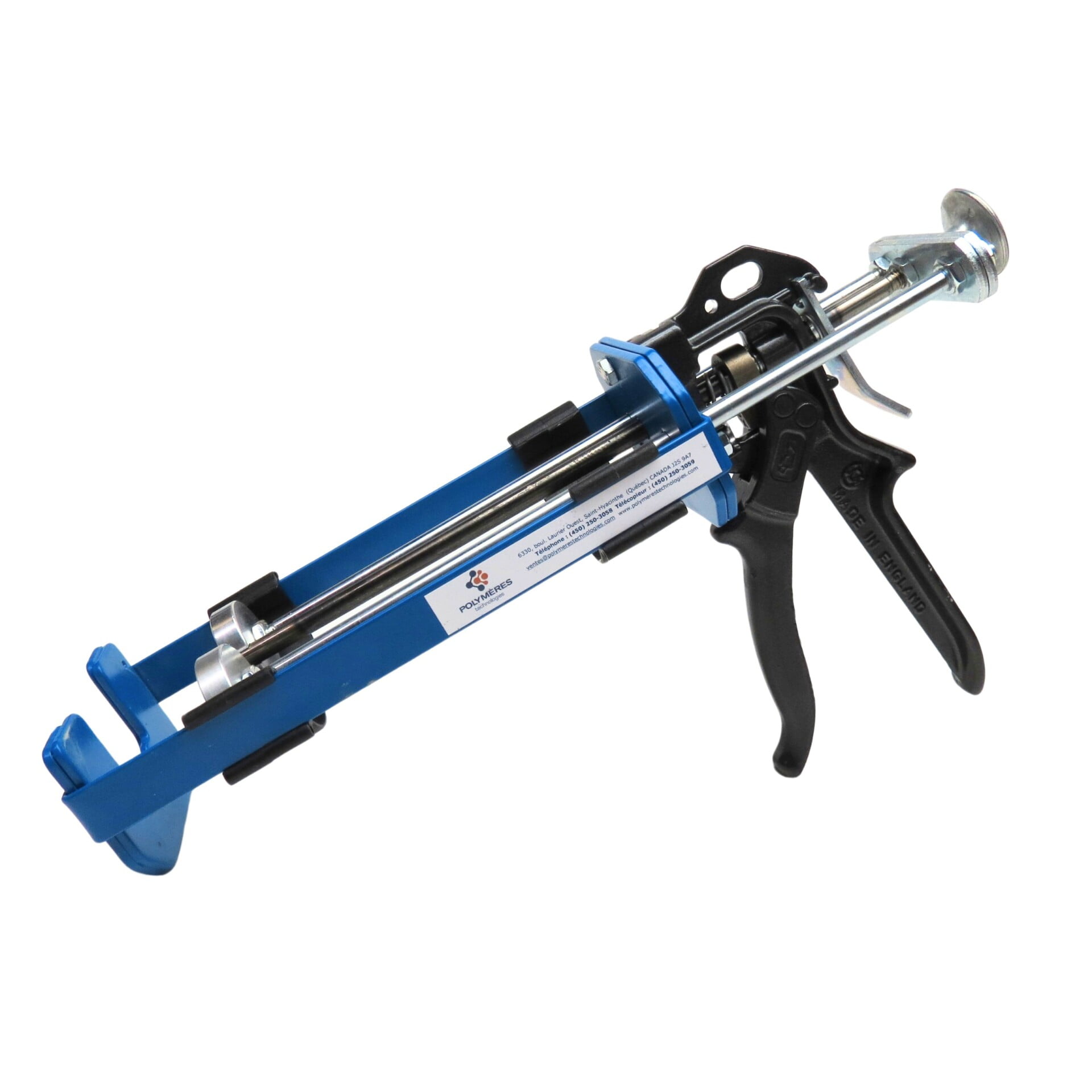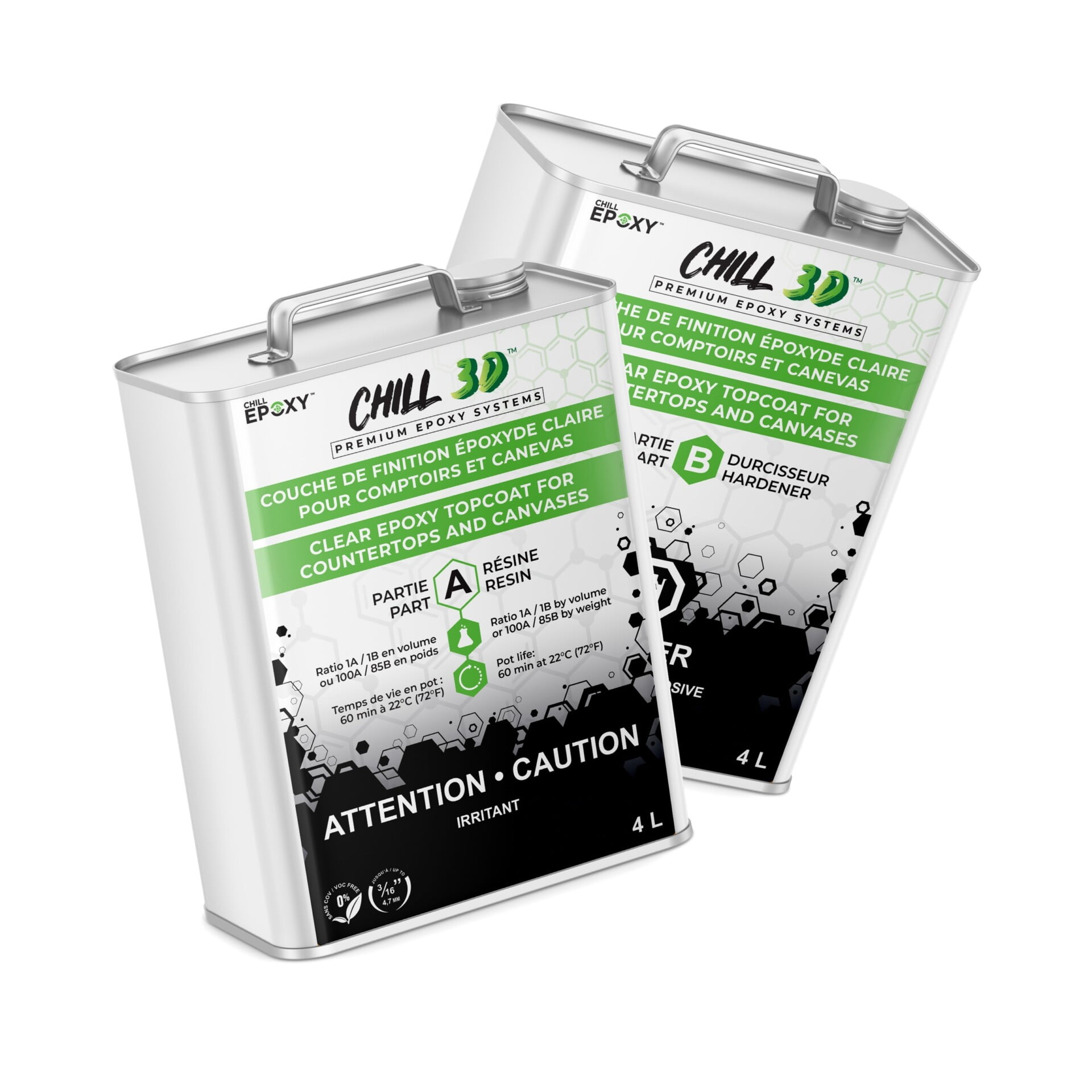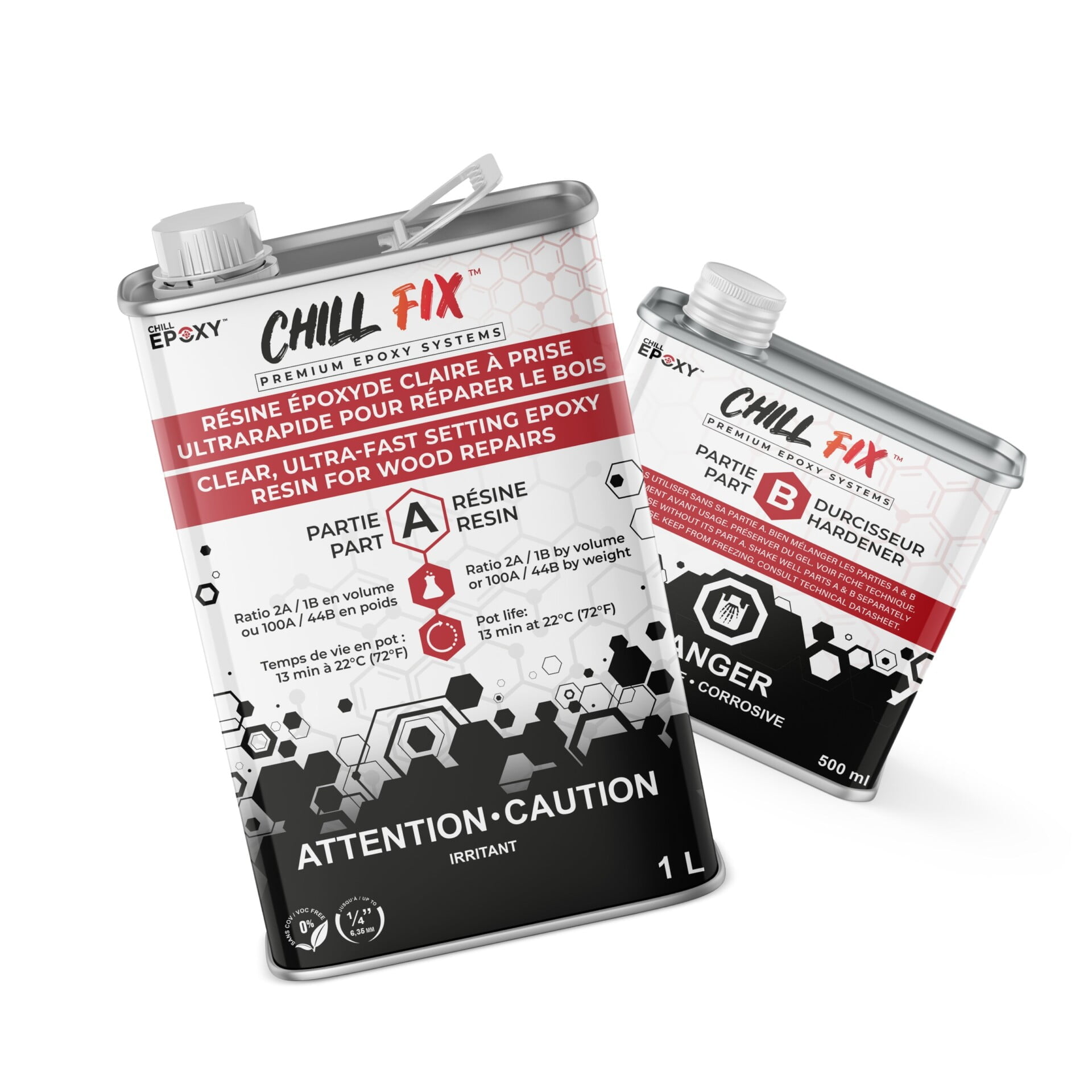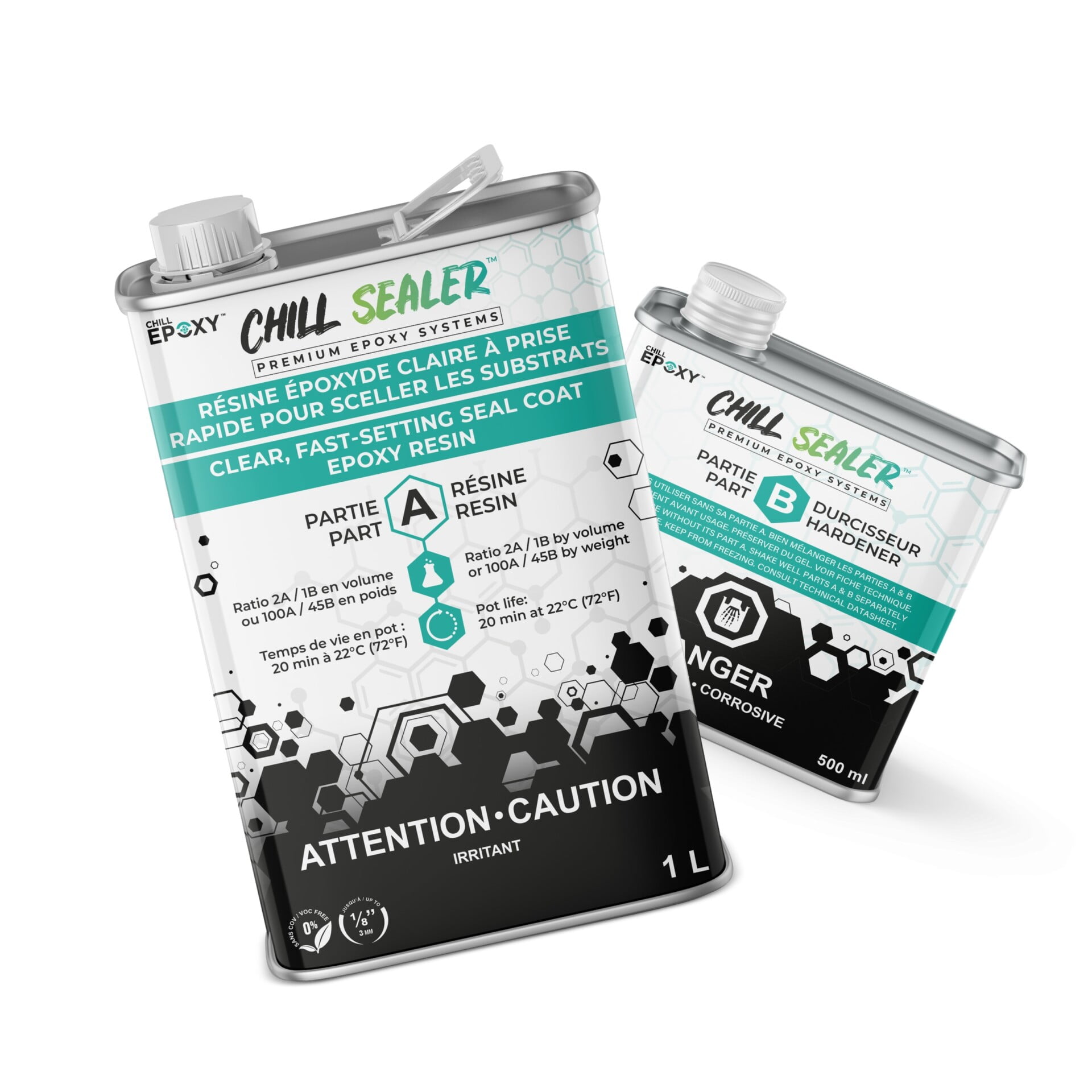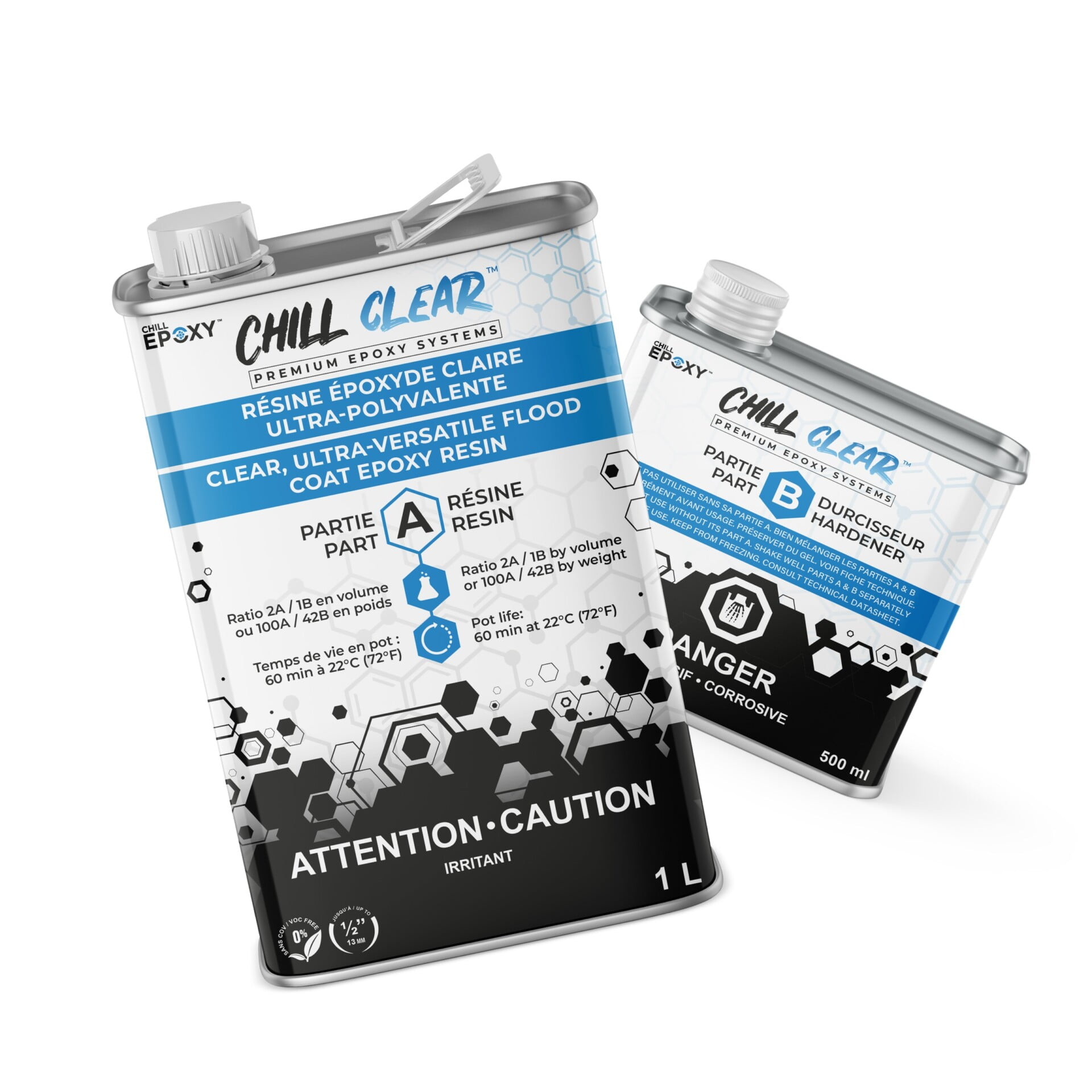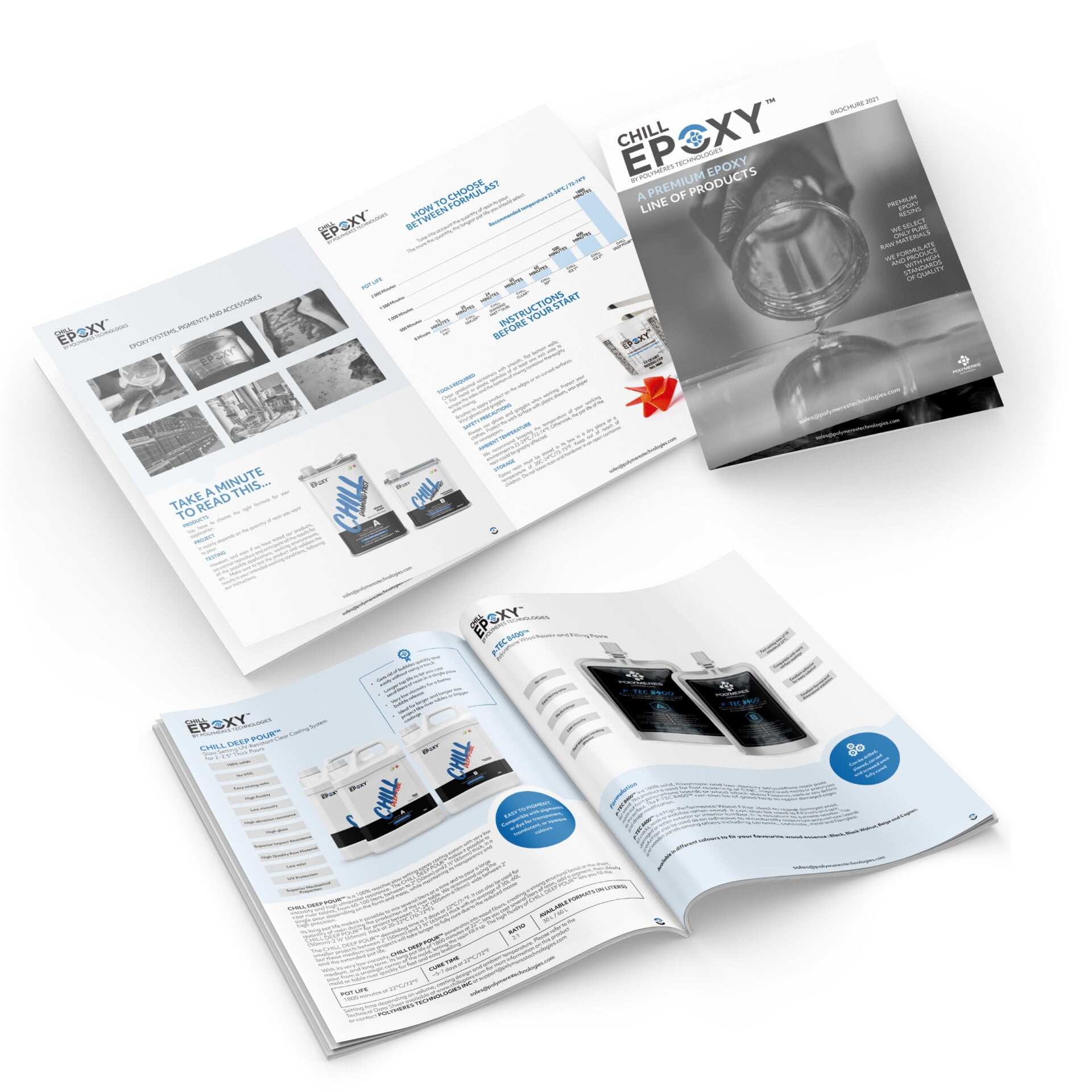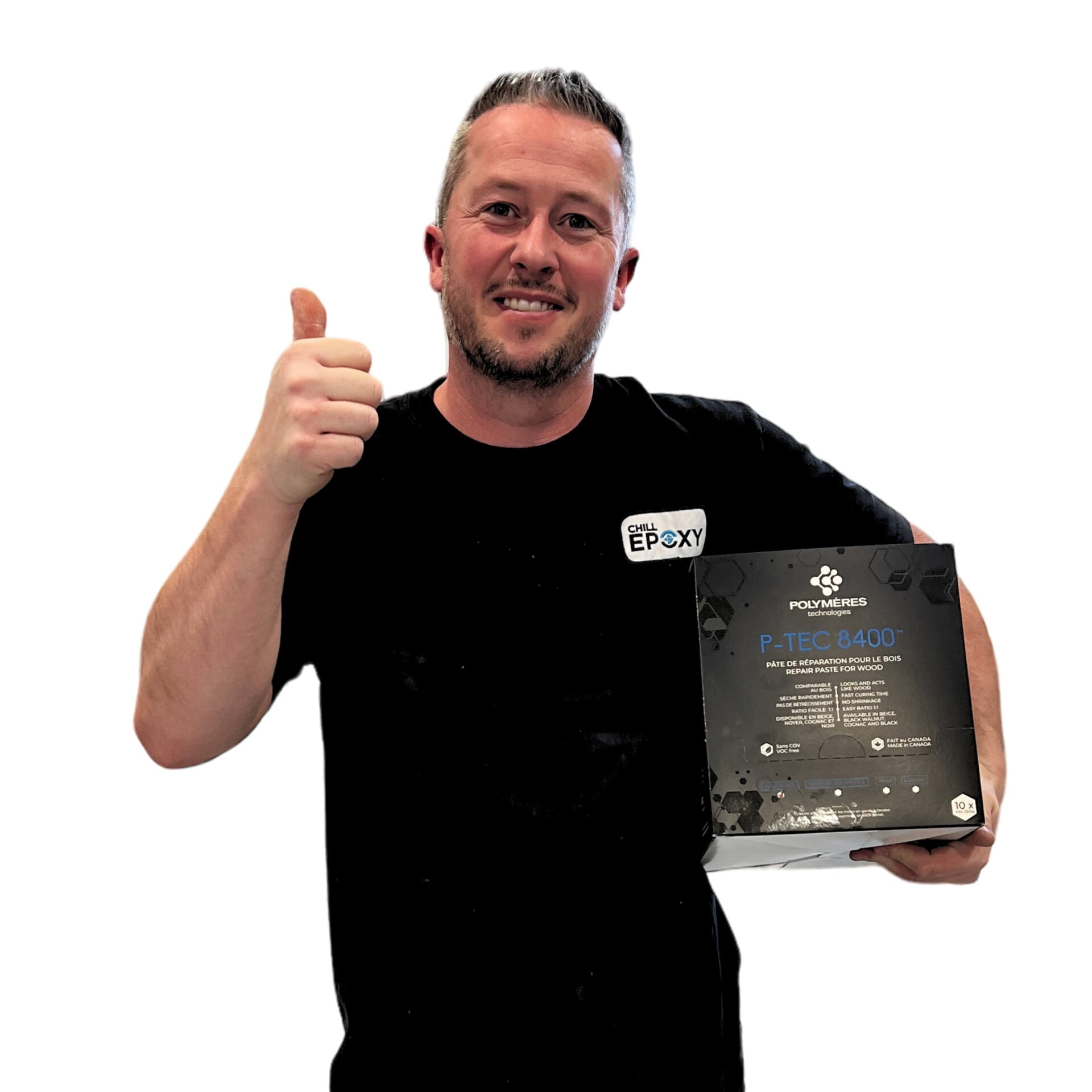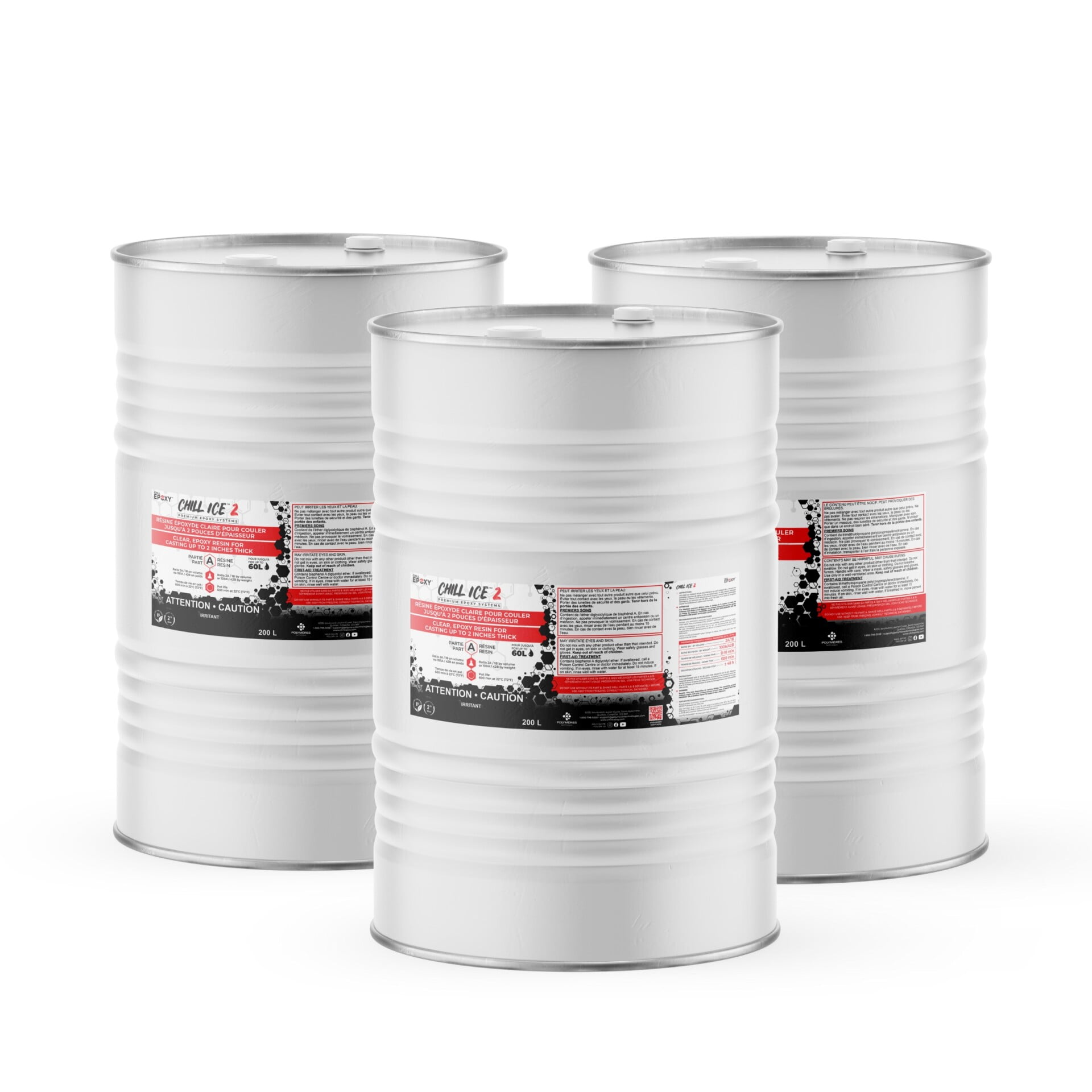Blog
Soft and Tacky Epoxy Resin Explained
Soft and Tacky Epoxy Resin Explained
Soft and Tacky Epoxy Resin Explained. Epoxy is a type of adhesive that is commonly used in a wide range of applications, from industrial settings to home repairs. One of the unfortunate key characteristics of epoxy is that it can have a soft or tacky feel even after it has cured. There are a few reasons why this is the case.
One of the main reasons why epoxy can feel soft or tacky is due to its molecular structure. Epoxy is made up of two main components: a resin and a hardener. When these two components are mixed together, a chemical reaction occurs that causes the molecules to bond together and form a solid. However, the curing process is not instantaneous and it may take some time for the epoxy to fully harden, which can result in a soft or tacky feel. If you are working with a fast setting epoxy this stage will be shorter, while a deep pour epoxy with a longer working time will have a longer soft or tacky feel when curing.
Another reason why epoxy can be soft or tacky is due to the presence of uncured or partially cured molecules. Even after the epoxy has been applied and has had time to cure, there may still be some uncured or partially cured molecules present in the adhesive. These molecules can give the epoxy a soft or tacky feel, and can also affect the adhesive’s strength and durability.
Additionally some epoxy adhesives have the ability to be flexible. Epoxy’s flexibility is due to the ability of its molecule to flex and move when force is applied. That’s why, some epoxy are being used as coating for floors and decks where the surface needs to be flexible.
Another reason why epoxy may feel soft or tacky is due to the presence of contaminants, such as dust or moisture, that can interfere with the curing process. If the epoxy is not mixed or applied properly, or if the surface being bonded is not properly cleaned, then contaminants can be trapped in the adhesive and prevent it from curing properly.
Finally, the ambient condition can also cause tackiness. Humidity or high temperature can slow down the curing process, making it tacky. Even after the epoxy is cured, high humidity can make it softer.
Overall, there are several reasons why epoxy can feel soft or tacky, but the most common causes are due to the molecular structure of the epoxy resin, the curing process, the presence of contaminants or ambient condition. Understanding these factors can help you to better use epoxy and achieve the desired results.
Why is my epoxy soft or tacky. As you may know, POLYMERES TECHNOLOGIES INC has nearly 25 years experience in formulation of epoxy and polyurethane systems. As quality control is the base of our success, we test our products on different typical and physical aspects. We validate during our QC control the following: pot life, viscosity, exotherm, density, hardness and some more. Every batch produced, we keep both the parts A (resin) and B (hardener) of the retain lots and polymerized them.
We also keep liquid retain lots for 2 years in our laboratories. We wait still the Quality Control team has approved the lot before packaging it. Therefore, when the CHILL EPOXY™ products leave our warehouse, you receive a high-quality product which meets all our quality control specifications. 100% OF THE TIME.
Upon receiving our raw materials, we make sure to get the COC (certificate of conformance) from the manufacturers assuring the product is at point. However, we sometimes receive information from our customers saying the CHILL EPOXY™ product hasn’t fully polymerized or has some soft spots at certain location on the part.
If the product hasn’t reached full hardness, contain soft spots or isn’t curing properly, it can be caused by different things:
- Ratio not precise (weight or volume)
- If the mixing process isn’t done properly, the molecules to not be 100% homogeneous. The molecular chain will not fully closed causing less SHORE D (hardness), less heat resistance
and soft spots. - The A+B should be mix for a minimum of 8-10 minutes and the sides and bottom of the flat mixing cup should be scrape regularly to remove unmix epoxy sticking to the sides/bottom. Use serious tools to mix your resin such as flat metal spatula and jiffy mixers. Avoid spoons, forks, popsicle sticks, 2 x 4 studs, brooms again we have seen it all…trust us!
- Temperature, each F/C under 72F/22C will slow down the curing process by 15-25% depending on the mass, therefore it can take longer for the resin to fully cure.
- Did you use the appropriate part B for the appropriate part A? The resin will not cure properly if you use parts A and B from different systems since the stoichiometry will be modified.
- Do not mix small quantities such as few milliliters or grams of the CHILL EPOXY™ products because a small percentage error on the mass/volume of resin will represent a large percentage difference on the ratio in volume/weight and this might affect the hardening of the resin. 3 milliliters error on 30 milliliters equals 10% and this will greatly affect the curing process. 3 milliliters error on 300 milliliters equals 1% which is totally acceptable.
- Do not use dirty tools or/and unclean pails because it can contaminate your resin and bring up problems.
Follow these recommendations very carefully if you want to succeed. Nearly 100% of the problems becomes from bad weighing, measuring and mixing.
DISCIPLINE IS THE FUEL OF ACHIEVEMENT…
If you are experiencing bad results or need guidance, please contact us at support@polymerestechnologies.com


